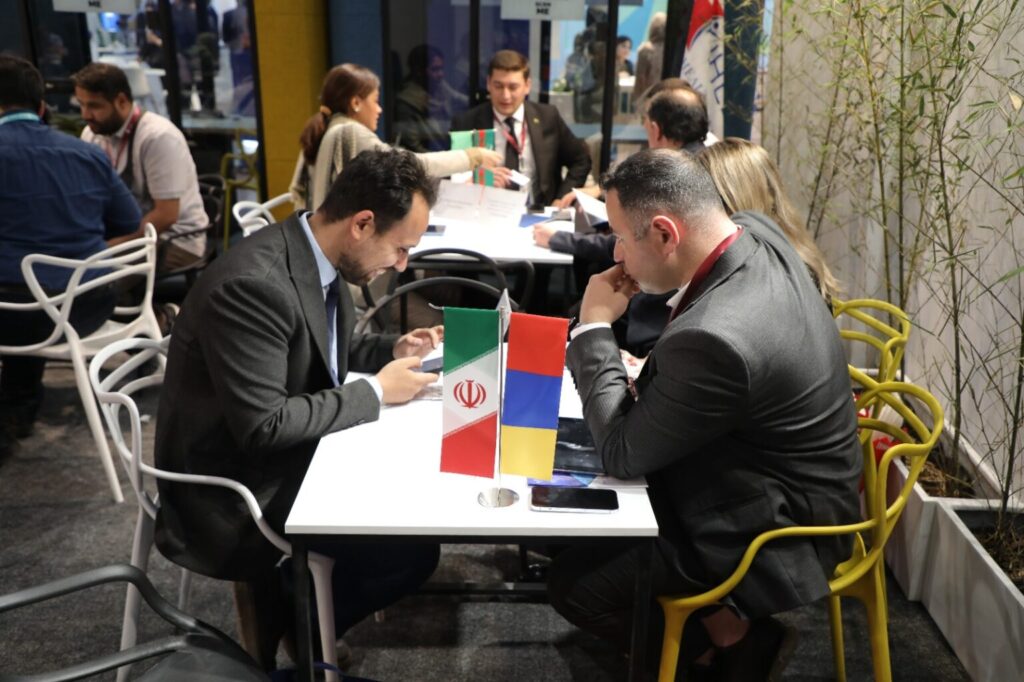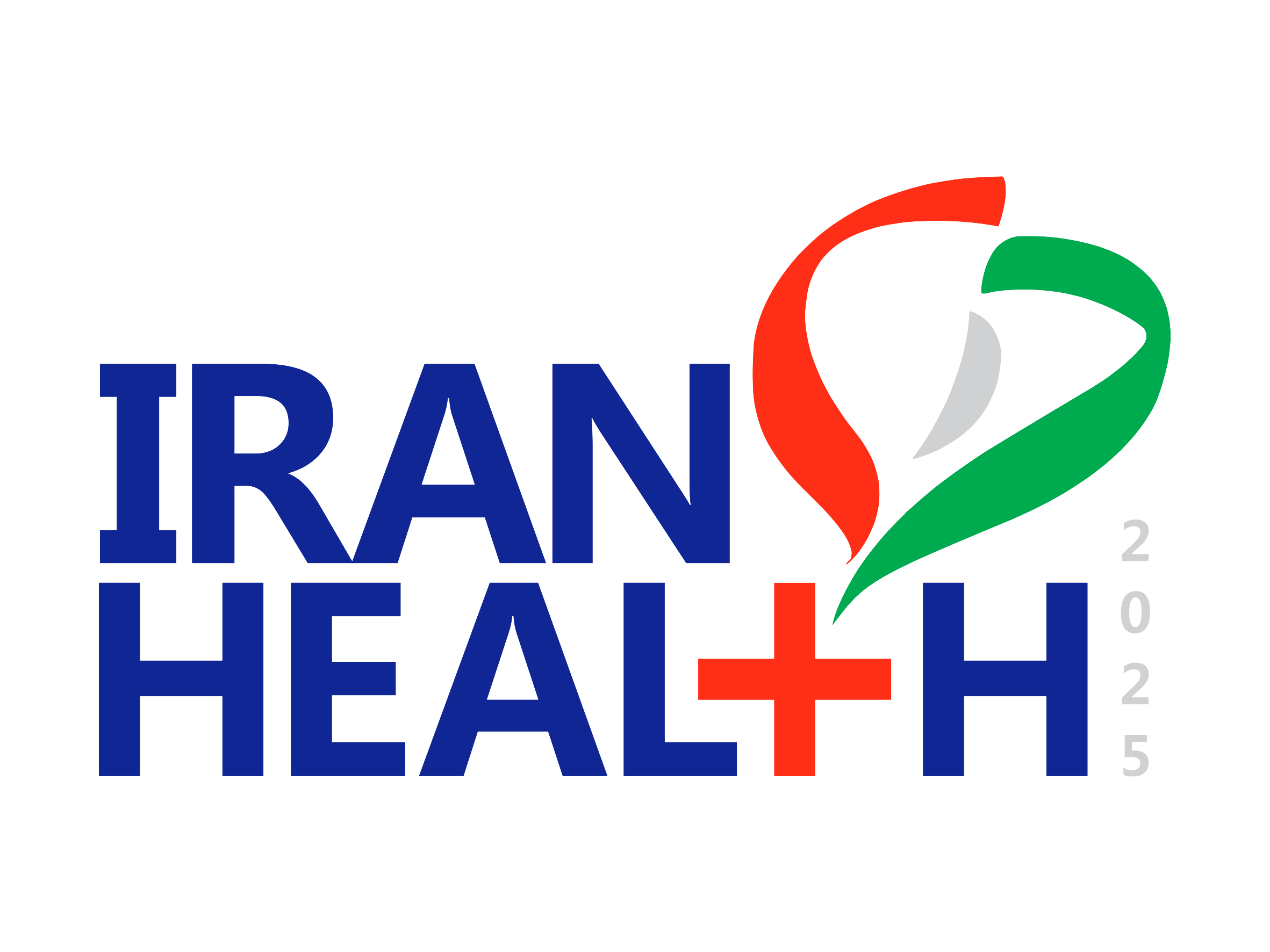Hall 35: The Beating Heart of Health Diplomacy at Iran Health 2025

June 11, 2025 – Amid the vibrant days of the Iran Health Exhibition, Hall 35 emerged not merely as a physical venue, but as a dynamic center for international healthcare collaboration. Here, representatives from companies across Asia, Europe, and Africa engaged directly with their Iranian counterparts—going beyond casual introductions to outline shared roadmaps for the future of regional health.
A recurring highlight was the genuine surprise and admiration of foreign delegates for Iran’s technological capabilities, from advanced hospital equipment and digital health systems to recombinant pharmaceuticals and AI-powered medical solutions. Delegations from Tajikistan, Uzbekistan, Iraq, Oman, and several African nations specifically sought opportunities to import Iranian products, consistently citing high quality, competitive pricing, and responsive after-sales service.
The atmosphere of the B2B meetings surpassed routine business; Iranian hosts were commended for their professionalism and warmth, fostering an environment where international guests felt they were meeting strategic partners rather than mere vendors. Some participants even proposed the creation of dedicated joint product showcases for future editions of the exhibition.
These sessions also positioned Iran as an emerging player in the global health supply chain. With its strategic location, robust industrial infrastructure, and skilled workforce, Iran was recognized as a potential regional hub for medical logistics and production.
Unlike many similar events, the outcomes in Hall 35 were tangible: business cards exchanged, preliminary Memorandums of Understanding drafted, product samples shared, site visits arranged, and negotiations for representation and technology transfer launched. Several companies began implementing export agreements for healthcare services and pharmaceuticals during the event itself.
The B2B meetings at Iran Health 2025 set a new standard for international cooperation—demonstrating how science, technology, economics, and diplomacy can come together to reshape the health landscape across the region. As one UAE-based health technology executive remarked, “What I saw in Tehran was not just an exhibition, but a unique environment of trust-building, rarely found elsewhere in the region.”
As the event concluded, it became clear that Iran is no longer a bystander in the global health market, but an active and reliable partner for countries seeking progress in healthcare. Hall 35 stood as the epicenter of this transformation, where the voices of hope, partnership, and a brighter regional health future resonated. If this path continues, Iran’s name will increasingly be heard among the world’s leaders in health innovation.
